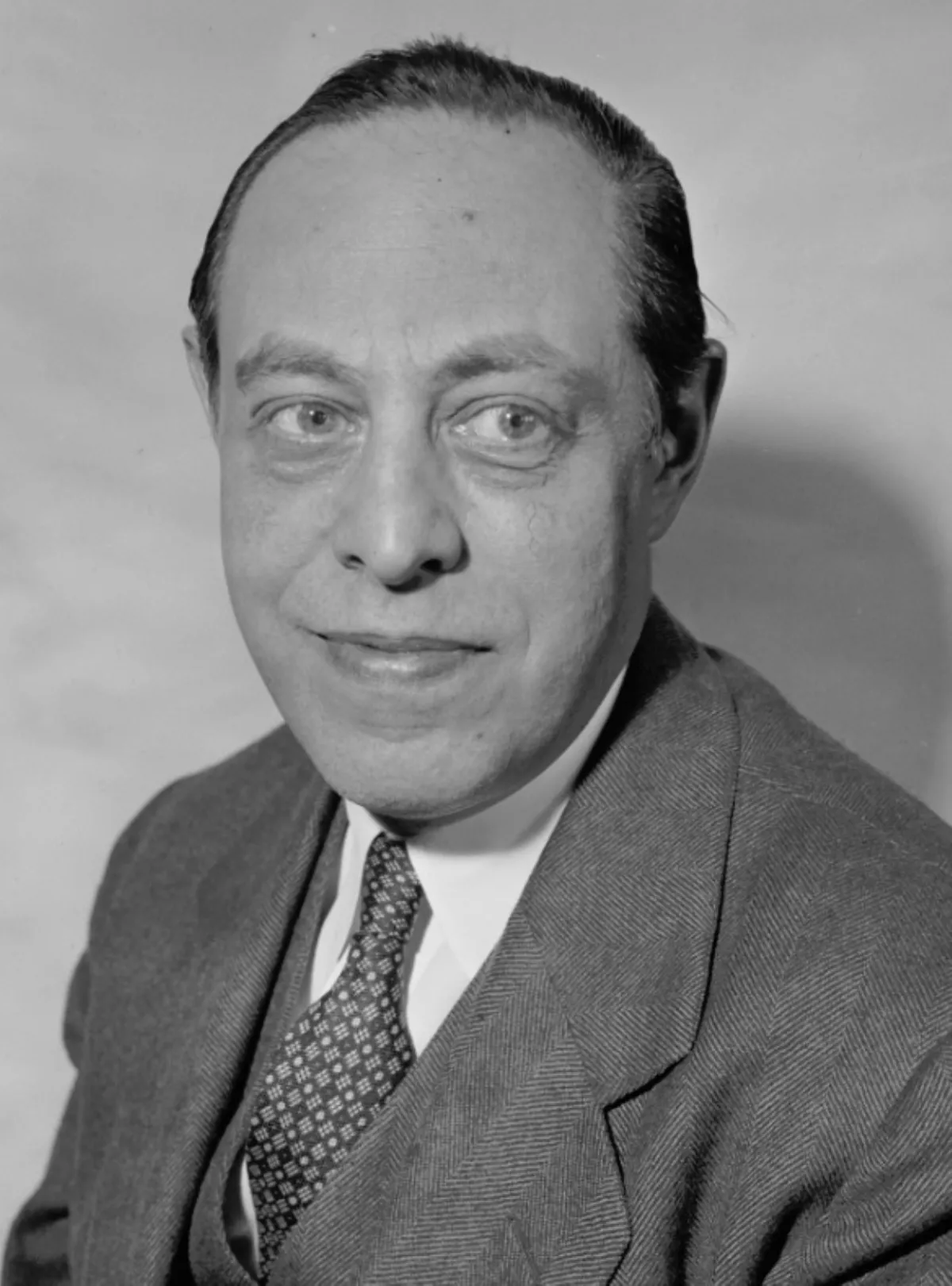 1.
1. Jerome New Frank was an American legal philosopher and author who played a leading role in the legal realism movement.

 1.
1. Jerome New Frank was an American legal philosopher and author who played a leading role in the legal realism movement.
Jerome Frank was chairman of the US Securities and Exchange Commission, and a United States circuit judge of the United States Court of Appeals for the Second Circuit.
Jerome Frank obtained his Juris Doctor from the University of Chicago Law School in 1912, where he had the highest grades in the school's history, despite leaving the program for a year to work as secretary to reformist Chicago alderman Charles Edward Merriam.
Jerome Frank worked as a lawyer in private practice in Chicago from 1912 to 1930, specializing in corporate reorganizations, and becoming a partner in the firm in 1919.
Jerome Frank characterized cases through an equation: R x F = D, where R stands for the applicable legal rule; F signifies the facts of the case; and D signifies the decision.
Jerome Frank distinguished two classes of American legal realists: rule skeptics and fact skeptics.
In 1930, after having undergone six months of psychoanalysis, Jerome Frank published Law and the Modern Mind, which argued against the "basic legal myth" that judges never make law but simply deduce legal conclusions from premises that are clear, certain, and substantially unchanging.
In 1930, Jerome Frank moved to New York City, where he practiced until 1933, working as a research associate at Yale Law School in 1932, where he collaborated with Karl Llewellyn of Columbia Law School, and feuded with legal idealist Roscoe Pound, dean of the Harvard Law School.
In 1933, Jerome Frank published a landmark article proposing hands-on, not just book-based, education for law students.
Jerome Frank was then appointed as general counsel of the Agricultural Adjustment Administration in 1933, and soon became embroiled in an internal struggle with the agency's head, George Peek, who had tried to exercise complete control over the agency.
Jerome Frank returned to private practice in New York from 1936 to 1938, with the firm of Greenbaum, Wolff and Ernst.
In 1937, William O Douglas recommended that Roosevelt appoint Jerome Frank to be a commissioner of the Securities and Exchange Commission, which Douglas then chaired.
Roosevelt agreed, and Jerome Frank served as an SEC commissioner from December 1937 until 1941, and was elevated to Chairman from 1939 to 1941, when Douglas was appointed to the United States Supreme Court.
In 1938, Jerome Frank published a book titled Save America First, which had been written during his return to private practice and advocating against American involvement in the stirring conflict in Europe.
However, Jerome Frank recanted those views after the attack on Pearl Harbor, and Roosevelt forgave Jerome Frank's isolationism.
Jerome Frank was confirmed by the United States Senate on March 20,1941, and received his commission on March 27,1941.
Jerome Frank's service terminated on January 13,1957, due to his death.
Jerome Frank was considered a highly competent judge, often taking what was perceived as the more liberal position on civil liberties issues.
One anecdote relayed about this aspect of Jerome Frank's work tells of a law clerk who had objected to the length of one of Jerome Frank's opinions.
Jerome Frank spent all of a week and finally cut it down from sixty-five pages to one-half page.
Jerome Frank left both on Judge Frank's desk without comment.
In reviewing the case as part of a three-judge panel, Jerome Frank rejected each of the Rosenbergs' arguments on appeal.
The jury, according to Jerome Frank, should have been permitted to decide whether Sobell had joined the other conspirators in their plan to send atomic information from Los Alamos to the Soviets, or had merely engaged in a separate, less significant conspiracy with Julius Rosenberg to transmit non-atomic information.
Jerome Frank married Florence Kiper on July 18,1914, and they had their only child, daughter Barbara Jerome Frank, on April 10,1917.
Florence Frank, herself a poet and playwright, said of her husband: "Being married to Jerome is like being hitched to the tail of a comet".
Jerome Frank died on January 13,1957, of a heart attack in New Haven, Connecticut.
Jerome Frank had published many influential books, including Law and the Modern Mind, which argues for 'legal realism' and emphasizes the psychological forces at work in legal matters.